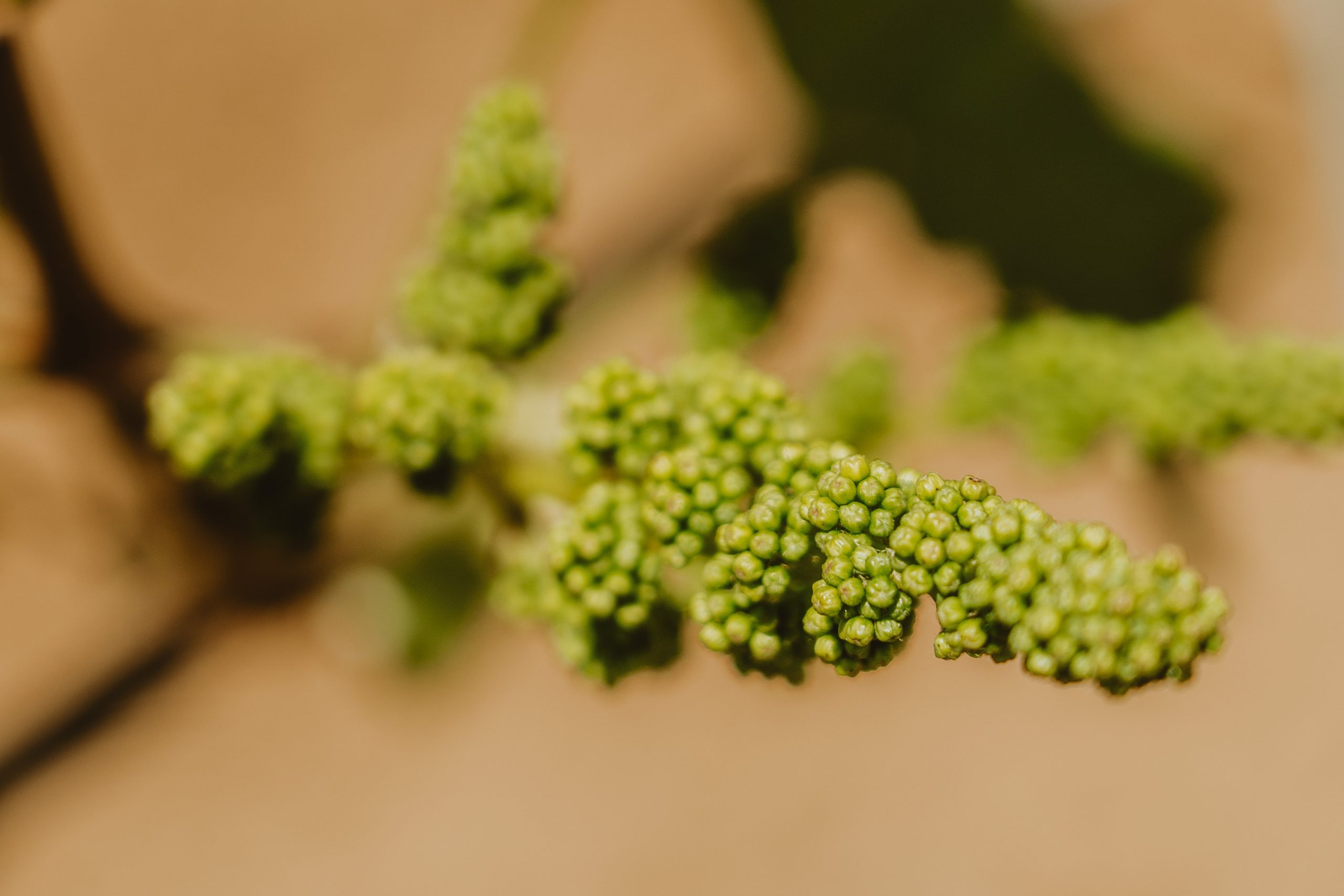IN THE REALM COURT OF
CABERNET SAUVIGNON
The elegance of Cabernet Sauvignon plays a starring role in the vineyards of Tenuta Liliana.
Vaunting a unique personality and natural resilience, the grape has found its perfect habitat in the Salento area, enabling the varietal to pay tribute to the intensity of the peninsula with promising finesse. A handful of rows of Cabernet Franc, Petit Verdot and Sauvignon Blanc round out the estate vineyards.
With a winemaking style attuned to wine lovers at every latitude, at Tenuta Liliana Cabernet Sauvignon is an authentic reflection of the terroir. Research and intuition led the owners to identify ten different clones and rootstocks that are eminently suitable for the various soils on the estate.

From the beginning, the winery adopted a regenerative viticulture policy, which focuses on balance in the vineyards and support for the surrounding ecosystem. The vineyards started to be planted in 2018 and have been organically managed since 2024 with the intention of turning uncultivated land into gardens. Planted at a high density of 6,000 vines per hectare, the vines are largely trained using the cordon spur system and the rows face in a deliberate direction to protect the bunches from excessive heat. Two weather stations provide real-time data for the vineyard managers in order to guide these efforts.
Constant attention is lavished on the 13 hectares under vine. A flock of sheep weeds and fertilizes the ground, while vine cuttings are regularly mulched into the soil. The vines are pruned significantly during the winter to ensure the desired yield is met in the summer. Treatments contain copper, sulphur and rock dust, which protects the vines from overheating. Care is focused on the bunches right up to the harvest, which is carried out by hand, parcel by parcel, just as the berries achieve peak ripeness.







